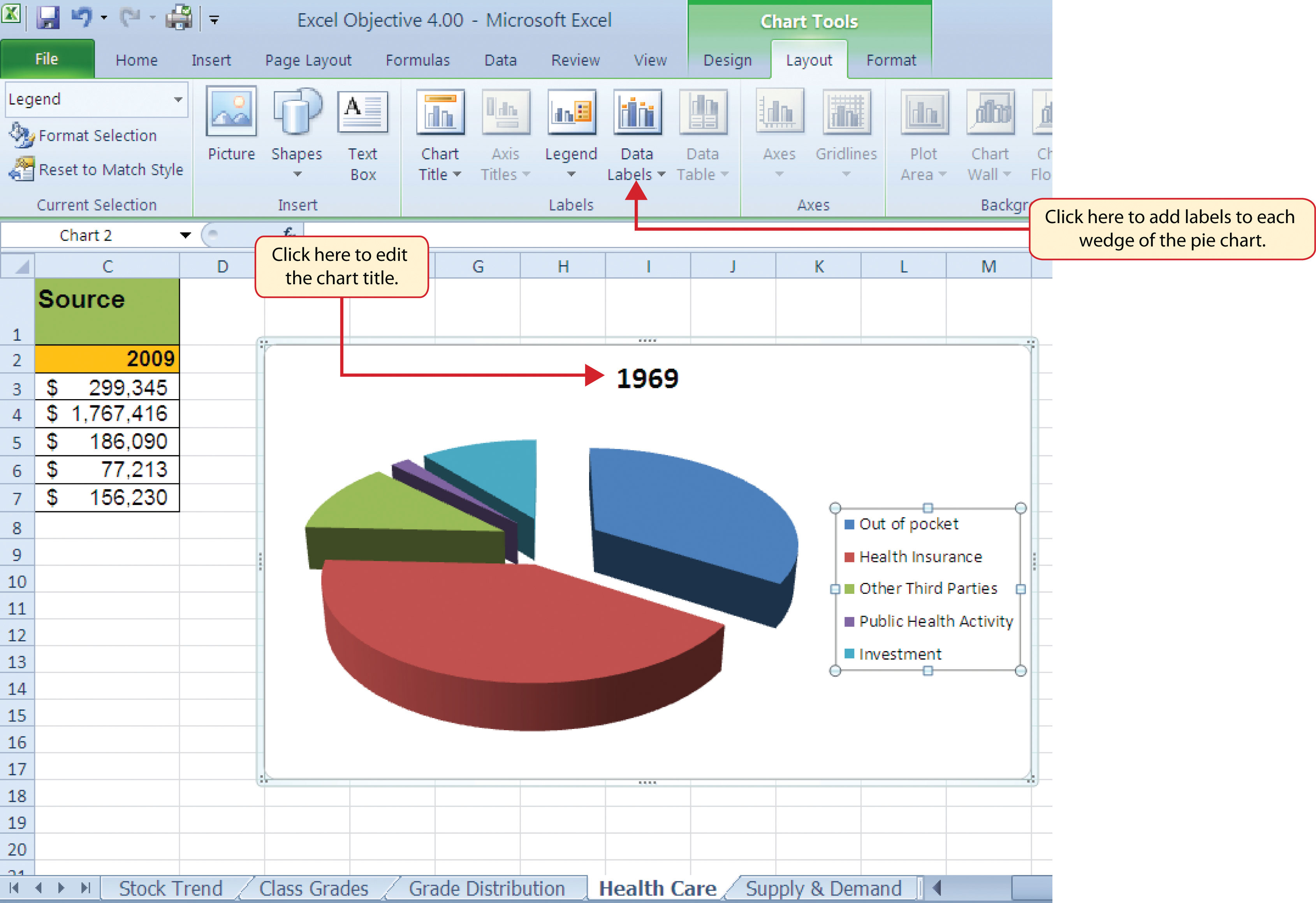

Limit the use of legends and external references as they make it harder to recall the dimensions.The slices should be ordered by size, either from biggest to smallest or smallest to biggest to make the comparison of slices easy for the user. Each pie slice should be labeled appropriately, with the right number or percentage attached to the corresponding slice.Since the interpretation of a pie chart relies on the area, arc length, and angle of each slice, a three-dimensional representation of this chart type will tilt the pie and skew your visual perception of its slices.The use of a three-dimensional pie chart can make an accurate comparison of categories nearly impossible due to the visual imbalance that can exist between slices. Three-dimensional pie charts are difficult to read and misleading. Typically, it can be listed in the text near the chart, the table explaining specific data measurements, or as a separate BAN in another dashboard. Generally, the whole (or total of the quantitative values or slices) is not listed within the pie chart. The colors of the slices should match their respective blocks in the legend, so that viewers do not need to consult the legend as much. Start at the biggest piece and work your way down to the smallest to properly digest the data. Slices in a pie chart should be organized in a coherent way, usually the biggest to smallest, to make it easier for the user to interpret. Because it can be hard to compare the slices, meaningful organization is key. To read a pie chart, you must consider the area, arc length, and angle of every slice. Reference Materials Toggle sub-navigation.Teams and Organizations Toggle sub-navigation.Plans and Pricing Toggle sub-navigation.


 0 kommentar(er)
0 kommentar(er)
